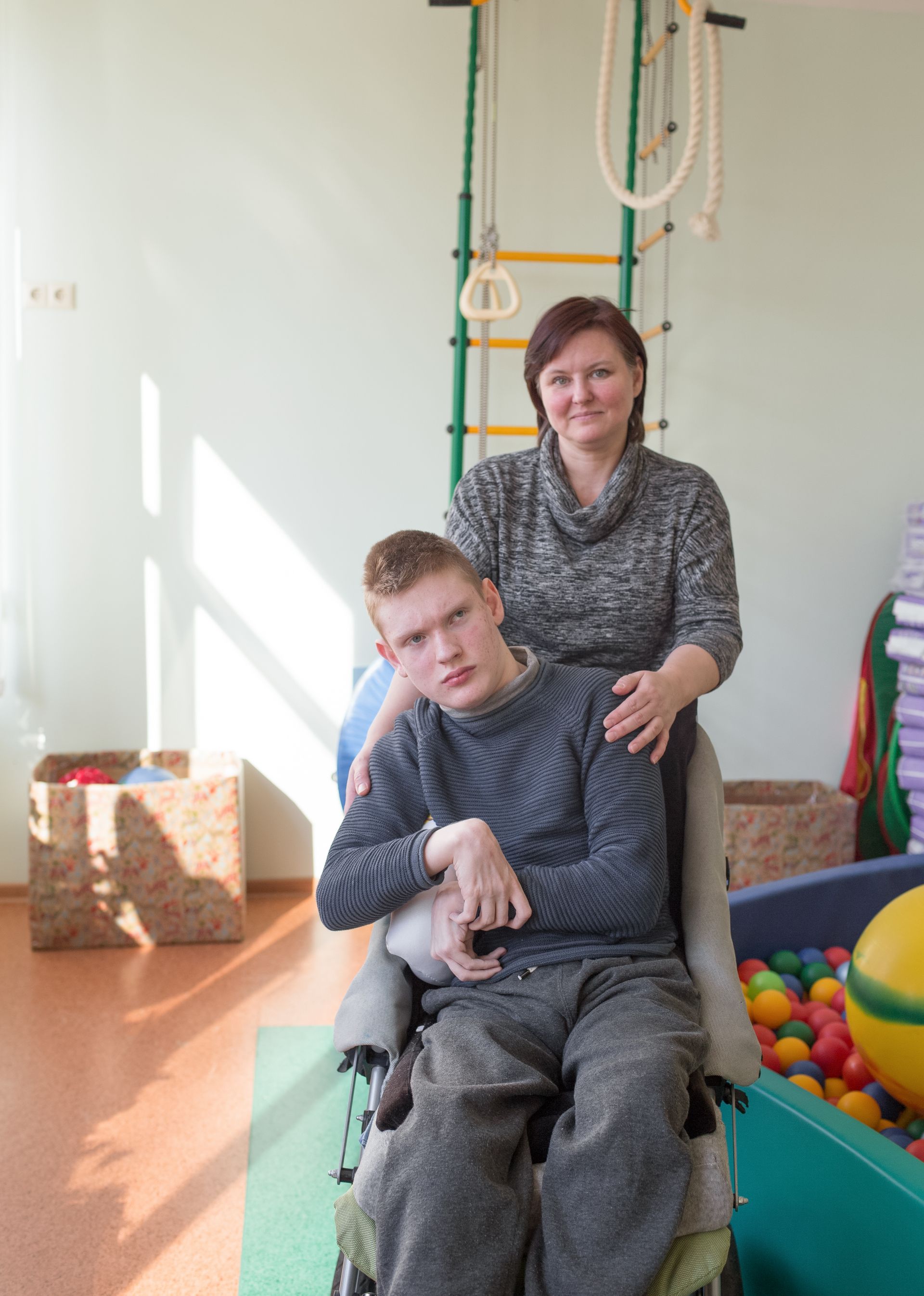Is it Time to Change Your Care Provider? A Guide to Smooth Transitions
As we bid farewell to the old year and welcome the new, it's a time for reflection and setting new goals. For those with elderly loved ones in need of care, the start of the year presents an opportunity to evaluate their current care provider and consider if it's time for a change. Finding the right care provider is crucial to ensure the well-being and happiness of your loved ones. In this blog post, we'll explore signs that it might be time to change care providers, provide tips on how to research new providers and guide you through a smooth transition to Kind Homecare, a trusted name in elderly care in Colchester.
Signs that it might be time to change care providers
- Lack of personalised care: Each individual has unique needs and preferences. If your current care provider fails to provide personalised care that meets your loved one's specific requirements, it may be time to explore alternatives.
- Inconsistent or poor quality of service: Consistency and quality of care are paramount. If you notice a decline in the level of service or experience recurring issues, it's essential to address these concerns and consider whether a change is necessary.
- Limited availability or flexibility: Care should be accessible when it's needed most. If your current provider struggles to accommodate schedule changes or lacks the necessary resources, it may be time to seek a more flexible option.
How to research new care providers
- Asking for recommendations: Seek recommendations from trusted sources, such as friends, family, or healthcare professionals. Their firsthand experiences can provide valuable insights into the quality of care provided.
- Online reviews and ratings: Utilise online platforms to research and compare care providers. Read reviews from current or previous clients to gauge their experiences and satisfaction levels.
- Interviewing potential providers: Schedule interviews with potential care providers to gain a better understanding of their services, values, and approach to care. This will allow you to assess their compatibility with your loved one's needs.
- Checking accreditation and licensing: Ensure that the care providers you consider are properly accredited, licensed, and meet the necessary standards of care. This helps guarantee the quality and professionalism of their services.
Smoothly transitioning to Kind Homecare
- Exploring the benefits of Kind Homecare: Kind Homecare is committed to providing compassionate and personalised care that promotes independence and enhances quality of life. Explore their range of services and understand how they can meet your loved one's unique needs.
- Steps to ensure a smooth transition: Communicate openly with Kind Homecare about your loved one's care requirements, preferences, and any specific health concerns. Share relevant medical records and ensure a comprehensive care plan is established.
- Communicating with the current care provider: Inform your current care provider about your decision to transition to Kind Homecare. Maintain an open line of communication to ensure a seamless transfer of information and continuity of care.
- Informing the elderly individual and family members: Involve your loved one in the decision-making process, ensuring they feel heard and supported. Inform other family members or relevant parties to ensure everyone is on board and understands the plan.
Conclusion
When it comes to the care of our elderly loved ones, it's essential to prioritise their well-being and happiness. Evaluating your current care provider and considering a change can lead to improved quality of care and peace of mind for both you and your loved one. By recognising the signs that it might be time to change care providers, conducting thorough research, and transitioning smoothly to Kind Homecare, you can ensure your loved one receives the compassionate and personalized care they deserve. Start the new year on the right foot by making informed decisions that prioritise the well-being of your elderly family members.




